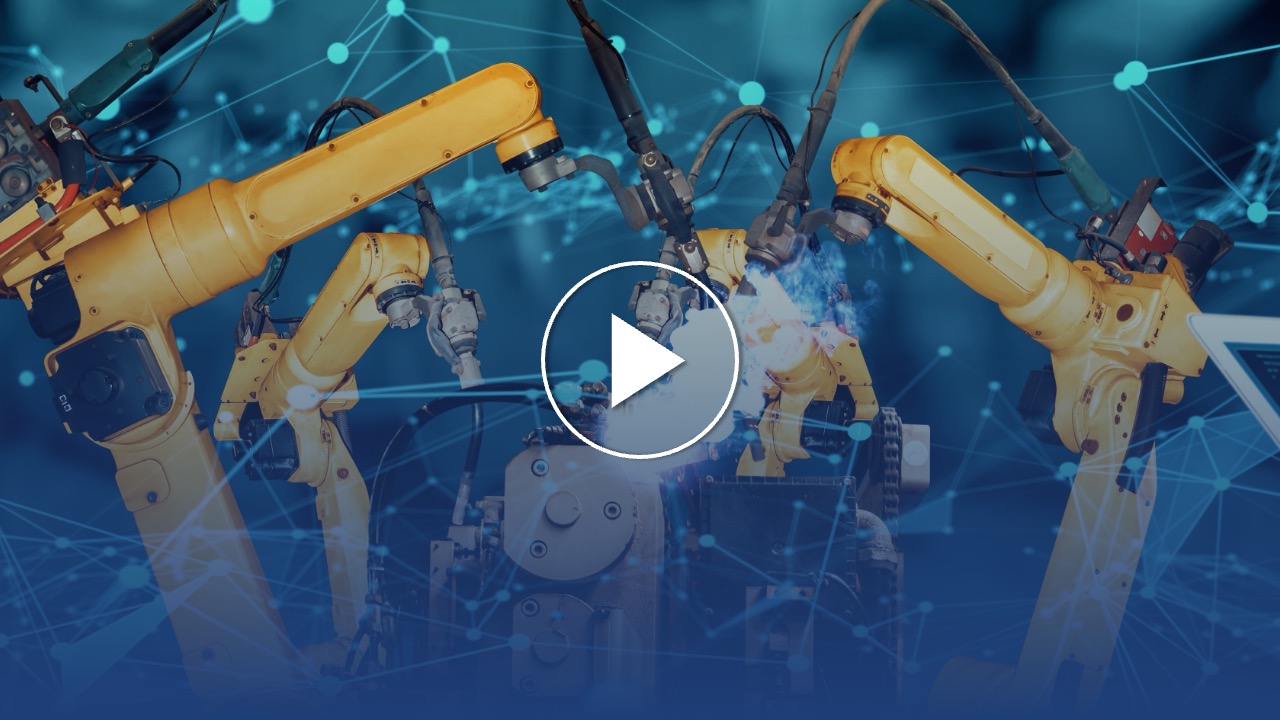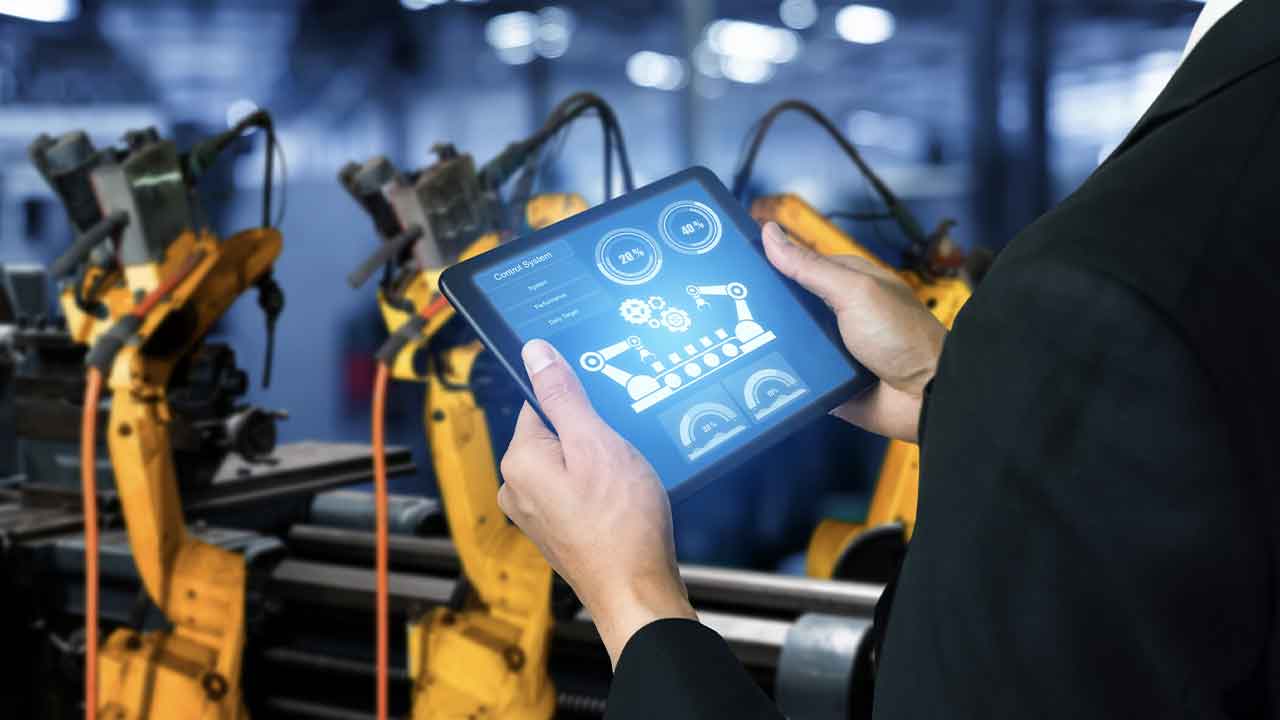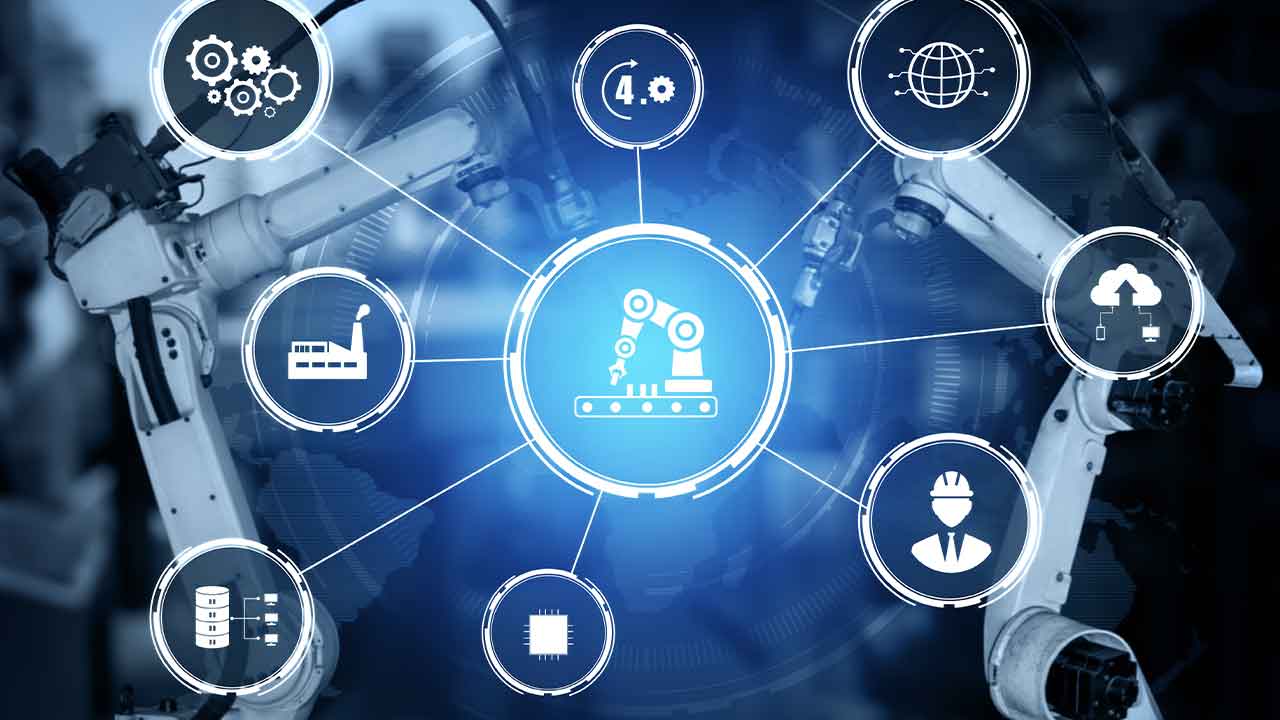Transforming Manufacturing: Strategies for Effective Digitalization
The journey toward smart manufacturing is often seen as a daunting and expensive endeavor, especially for smaller organizations. Paul Rogers, President and CEO of Americas and Asia-Pacific at Hexagon Manufacturing Intelligence, offers a fresh perspective on how businesses of all sizes can navigate this transformation effectively and incrementally.
Starting Small with Smart Manufacturing
The notion that smart manufacturing requires a major platform overhaul and significant financial investment is a common misconception. Rogers highlights the importance of starting small. For smaller manufacturers, the key is to digitize processes gradually. Eliminating paper-based workflows is an accessible first step that can set the foundation for broader digital transformation. Affordable optimization tools tailored to specific needs can then follow, enabling manufacturers to tackle inefficiencies one process at a time.
This incremental approach allows organizations to move forward without becoming overwhelmed. It emphasizes progress over perfection, focusing on achievable, bite-sized improvements that build momentum for future advancements.
Simplifying Digitalization: Data Doesn’t Have to Be Perfect
Many manufacturers believe that implementing smart manufacturing requires centralized, flawless data. However, Rogers points out that even a small number of data points can drive significant improvements. The emphasis should be on actionable insights rather than achieving a perfect data repository. Tools and technologies available today allow manufacturers to harness scattered data effectively, reducing barriers to entry and accelerating adoption.
Prioritizing Unique Challenges
Every manufacturer faces distinct challenges, which means there’s no one-size-fits-all solution for smart manufacturing. Instead of adopting sweeping changes, organizations should identify specific pain points and improvement areas. Setting clear, measurable targets—such as reducing cycle times or increasing equipment efficiency by 10%—helps prioritize efforts and ensures tangible results. This targeted approach not only streamlines the process but also delivers quick wins that build confidence in the technology.
Industry-Specific Applications Driving Growth
Some industries are naturally ahead of the curve in adopting advanced manufacturing technologies. Automotive and aerospace sectors are prime examples, leveraging tools like digital twins to model, simulate, and optimize complex processes before implementation. Energy and high-speed production industries also stand out, with their focus on machine learning and condition-based monitoring for predictive maintenance.
Digital twins, often associated with visual models, are evolving into powerful mathematical tools. They allow manufacturers to simulate scenarios, predict equipment performance, and optimize operations in real-time, making them invaluable for achieving efficiency and accuracy.
Adapting to a New Workforce
The next generation of manufacturing workers will drive the shift toward digital-first environments. These “digital natives” are accustomed to technology-integrated workflows and expect the same in their professional environments. Traditional tools, such as paper manuals and clipboards, will give way to digital systems like tablets and automated solutions.
This generational shift is not just about technology adoption; it’s about rethinking workflows to align with how younger workers interact with tools and information. Manufacturers that adapt to these expectations will be better positioned to attract and retain top talent, fostering innovation and growth.
Embracing Incremental Improvement
Continuous improvement is the foundation of successful smart manufacturing. Instead of aiming for massive transformations, businesses should adopt a step-by-step mindset. By focusing on incremental gains and addressing specific pain points, manufacturers can achieve meaningful progress without unnecessary complexity.
Even companies deeply embedded in optimization, such as Hexagon Manufacturing Intelligence, have embraced this philosophy. By using their own solutions to optimize internal processes, they achieved significant efficiency gains—over 70% in some areas—demonstrating the power of this approach.
The Road Ahead
As the manufacturing industry transitions toward Industry 5.0, the focus will increasingly shift to human-centric and sustainable approaches. The path forward involves leveraging affordable technologies, understanding unique challenges, and adapting to an evolving workforce. With a mindset of continuous improvement and a commitment to incremental progress, manufacturers can unlock the potential of smart manufacturing and remain competitive in a rapidly changing world.
For more insights, watch the video interview with Paul Rogers, President and CEO of Americas and Asia-Pacific at Hexagon Manufacturing Intelligence.
Related articles:



